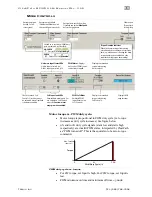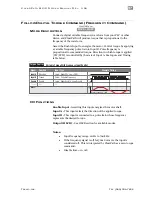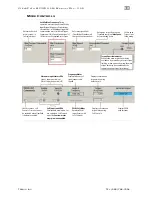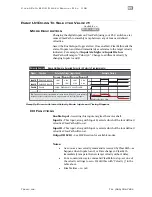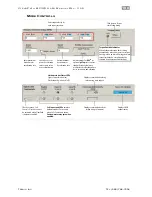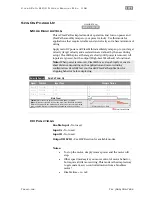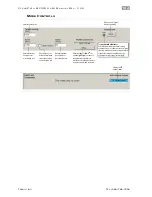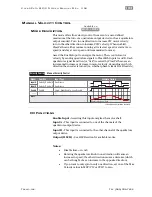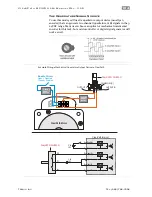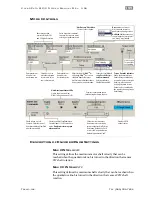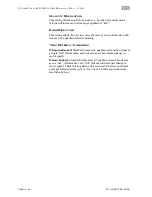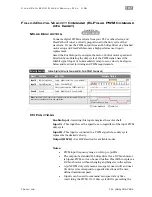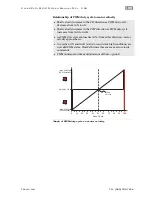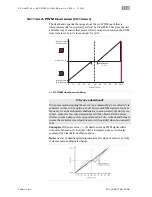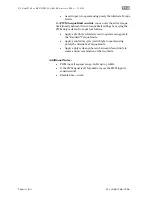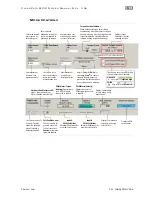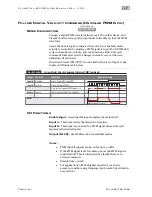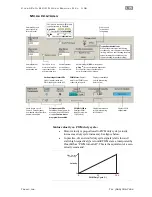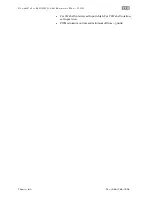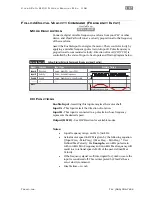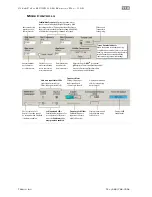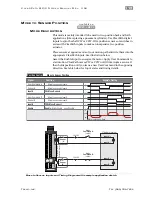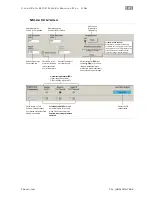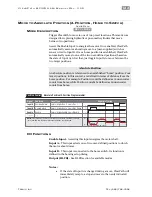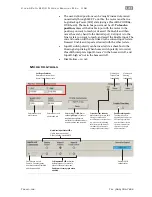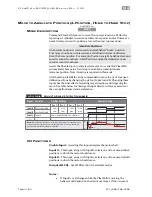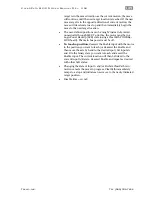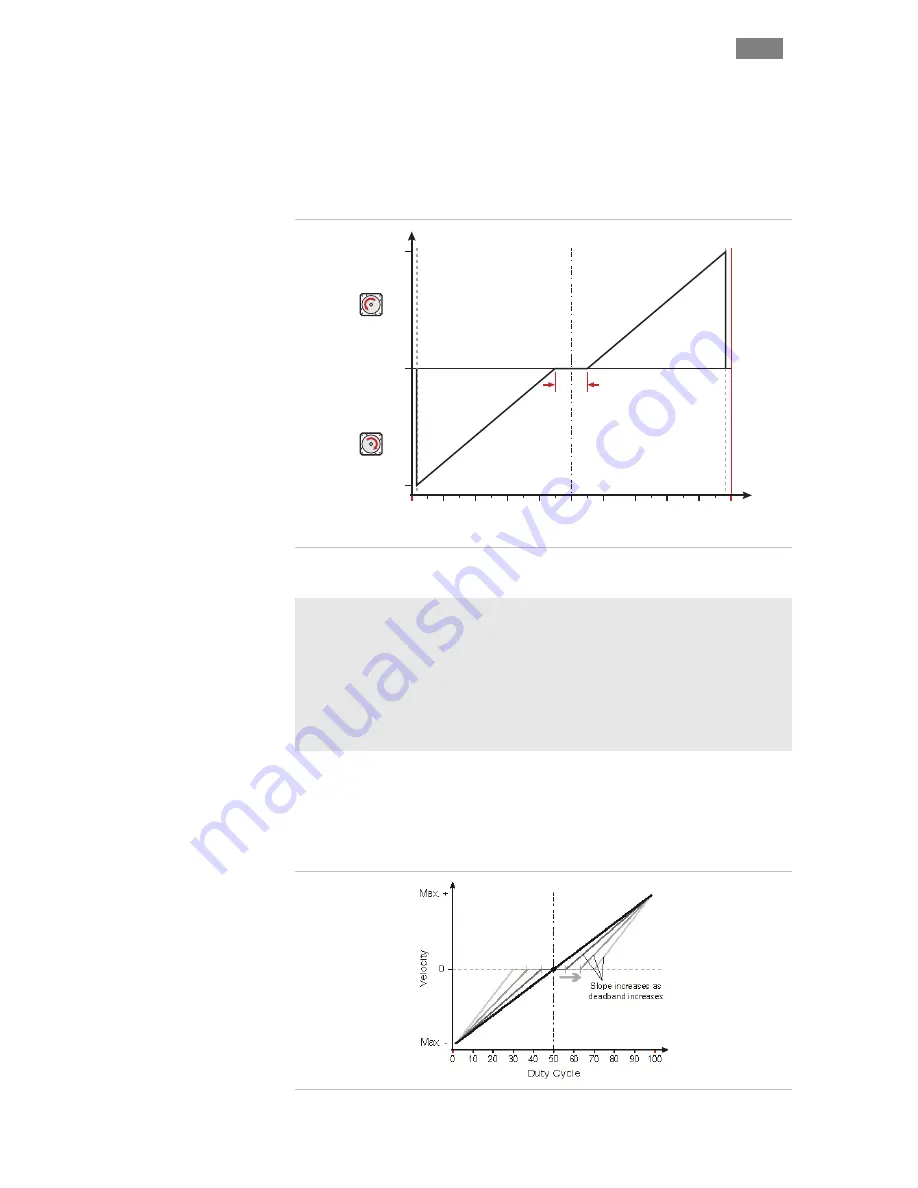
C
L E A R
P
A T H
M C / S D
U
S E R
M
A N U A L
R
E V
.
3 . 0 9
1 1 0
T
EKNIC
,
I
NC
. T
EL
.
(585)
784-7454
S
ETTING
A
PWM
D
EADBAND
(O
PTIONAL
)
The deadband expands the range about the 50% PWM mark that is
interpreted as the “zero-velocity setting” by ClearPath. This gives the user
a reliable way to ensure that motor velocity ramps to zero when the PWM
duty cycle is set at (or “close enough” to) 50%.
Max. Velocity
(CCW Rotation)
Velocity = 0
Deadband
(+/- 5%)
10
20
30
40
50
60
70
80
90
100
0
Max. Velocity
(CW Rotation)
Duty Cycle
+/- 5% PWM dead band setting
Why use a deadband?
In bi-polar mode, stopping the motor (i.e. commanding “zero velocity”) is
achieved, in theory, by applying a 50% duty cycle PWM signal to Input B.
However, it can be technically challenging to set a perfect 50% duty cycle.
In fact, some very low speed motion may still be observed at the motor
shaft
even when duty cycle is apparently set to 50%
. A deadband helps to
ensure that actual motor velocity is zero (with no drift) when you expect it
to be.
Example:
If the user sets a +/- 5% dead band, any PWM signal with a
duty cycle between 45% and 55% will be interpreted as a zero-velocity
command by ClearPath. See figure above.
Note:
As size of deadband setting increases, the slope of velocity vs. duty
cycle increases as illustrated below.

